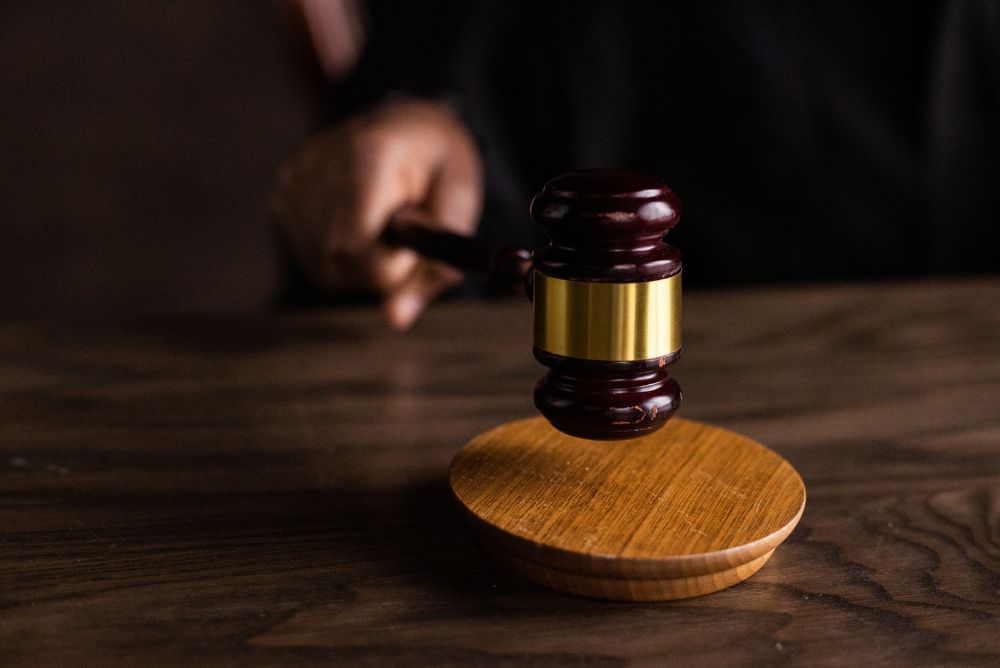BLOG
LAW BLOG
Blog Archives
Explore Past Articles, Insights, and Legal Updates
Welcome to the Marino & Marino, P.C. blog archives—a collection of past posts covering personal injury law, case updates, legal tips, and helpful guidance. Whether you're revisiting a topic or discovering something new, our archives are a valuable resource for staying informed. Click below to browse all blog entries.
REQUEST A FREE CONSULTATION
Call us today at 516-487-1850
For personalized legal assistance, and to take the first step towards seeking the justice and financial compensation you deserve, contact Marino & Marino, P.C. today.





